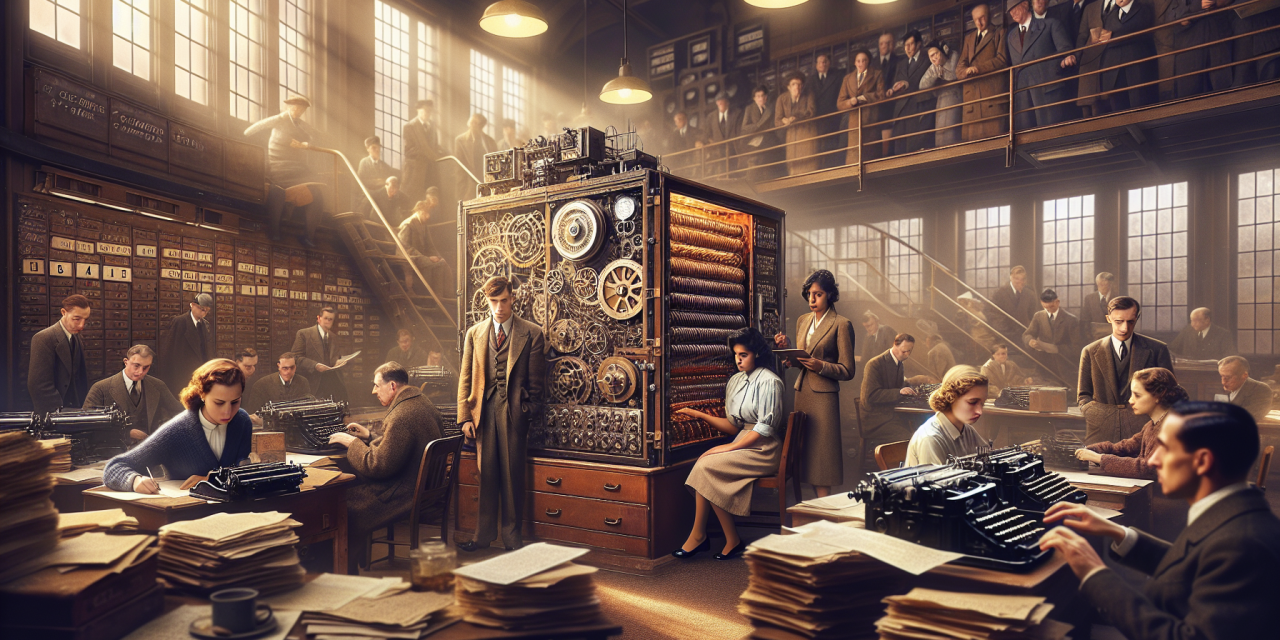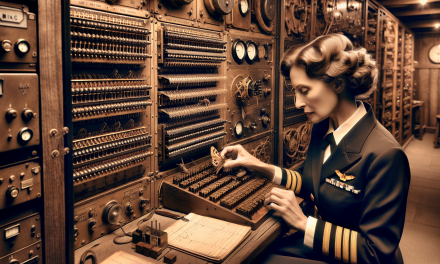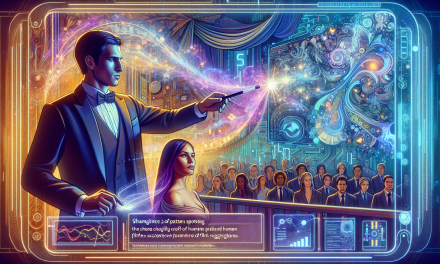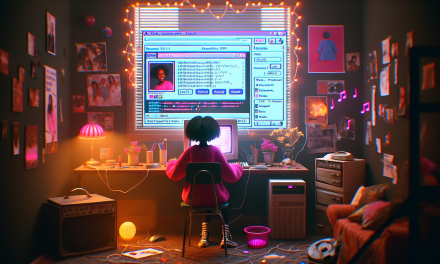Picture this: it’s 1939, and the world is about to plunge into its darkest chapter. But whilst generals planned battles and diplomats worked behind closed doors, another kind of warfare was brewing—one fought not with bullets and bombs, but with pencils, paper, and pure brainpower. This is the story of how mathematicians, linguists, and code-breaking wizards used computational thinking to crack what many believed was an unbreakable code.
The Ultimate Puzzle Machine
The Enigma machine looked like something between a fancy typewriter and a telephone switchboard. Imagine if your laptop keyboard was connected to a series of spinning wheels, each one scrambling your message in a different way before it emerged as complete gobbledygook. That’s essentially what Enigma did—except it was so fiendishly clever that the German military was convinced their messages were absolutely safe from prying eyes.
Here’s how the machine worked: when you pressed a letter, it would travel through three rotating wheels (called rotors), bounce off a reflector, and come back through the wheels again before lighting up a completely different letter. It sounds simple, but the mathematics behind it were staggering. With billions of possible combinations, trying every single one would take longer than the universe has existed!
Think of it like this: imagine you’re trying to guess someone’s phone number, but instead of just ten digits, each position could be any one of 26 letters, and there are millions of positions to figure out. That’s the scale of the challenge the codebreakers faced every single day.
Enter the Human Computer
Alan Turing wasn’t your typical mathematician. Whilst other academics debated abstract theories, Turing was fascinated by one simple question: can machines think? This curiosity made him perfect for the job of cracking Enigma, because he understood something crucial—you don’t beat a machine by thinking like a human. You beat it by thinking like a better machine.
Turing arrived at Bletchley Park, the secret British codebreaking headquarters, and immediately saw what others had missed. The Polish mathematicians had already figured out some of Enigma’s secrets and built early codebreaking machines called “bombas.” But Turing realized they could do better. Much better.
His breakthrough came from understanding patterns—the same kind of thinking that makes someone good at coding today. Turing noticed that German operators had habits. They’d often start messages with standard phrases like weather reports or “nothing to report.” These became known as “cribs”—pieces of known text that could be matched against the gibberish to find the day’s settings.
Building the Ultimate Codebreaking Machine
Turing’s masterpiece was called the Bombe—not after an explosive, but after the Polish “bomba.” Think of it as the world’s first purpose-built computer, designed to do one thing brilliantly: test thousands of Enigma settings in minutes rather than years.
Here’s the clever bit: instead of trying every possible combination randomly (which would take forever), the Bombe used logical deduction. It was like playing twenty questions, but with mathematics. If this letter could be that letter, then these other letters must be those letters, and if that’s true, then this setting is impossible… and so on, eliminating vast chunks of possibilities in one go.
The machine was loud, mechanical, and about the size of a large wardrobe. But it could do something no human could: think logically and systematically through millions of possibilities without getting tired, distracted, or making mistakes.
The Human Network
Whilst Turing was the star mathematician, Bletchley Park’s success depended on an extraordinary team effort. Thousands of people worked there, from linguists who understood the patterns of different languages to crossword puzzle champions who were brilliant at spotting hidden meanings.
Many of these cryptanalysts were young women, fresh from university, who brought fresh perspectives to the problem. They worked in shifts around the clock, passing decoded fragments between teams like pieces of a jigsaw puzzle. One person might crack a piece of weather report, another might decode a supply request, and together these fragments would reveal larger military plans.
It was collaborative problem-solving on an unprecedented scale—exactly the kind of teamwork that makes modern coding projects successful. Everyone brought different strengths, but they all shared the same goal: turning meaningless symbols back into meaningful intelligence.
The Ripple Effects
Breaking Enigma didn’t just help win the war (though historians estimate it shortened the conflict by two to four years, saving millions of lives). It also laid the foundation for the computer age. Turing’s work on mechanical thinking at Bletchley Park directly led to his later papers on artificial intelligence and his famous “Turing Test”—ideas we’re still grappling with today.
The techniques developed for codebreaking—systematic problem-solving, logical reasoning, pattern recognition, and collaborative debugging—became the blueprint for computational thinking. Every time you break down a complex problem into smaller parts, look for patterns in data, or design an algorithm to solve a puzzle, you’re using the same mental tools that cracked Enigma.
Lessons for Today’s Coders
The Enigma story teaches us three crucial lessons about thinking computationally. First, the most complex problems often have elegant solutions—but you need to look at them from the right angle. Turing didn’t beat Enigma through brute force; he beat it by understanding its weaknesses and exploiting them cleverly.
Second, collaboration amplifies individual brilliance. No single person cracked Enigma alone. It took mathematicians, linguists, engineers, and operators working together, each contributing their unique skills to a shared goal.
Finally, persistence pays off. The codebreakers faced failure daily—messages they couldn’t crack, machines that broke down, enemy changes that nullified weeks of work. But they kept adapting, learning, and improving their methods. That’s the same mindset that turns debugging frustration into programming breakthroughs.
Next time you’re staring at a tricky bit of code or wrestling with a complex problem, remember the brilliant minds at Bletchley Park. They proved that with the right combination of logical thinking, creative insight, and determined collaboration, even the most impossible-seeming puzzles can be solved. The code might have changed, but the coder’s mindset remains remarkably similar.








